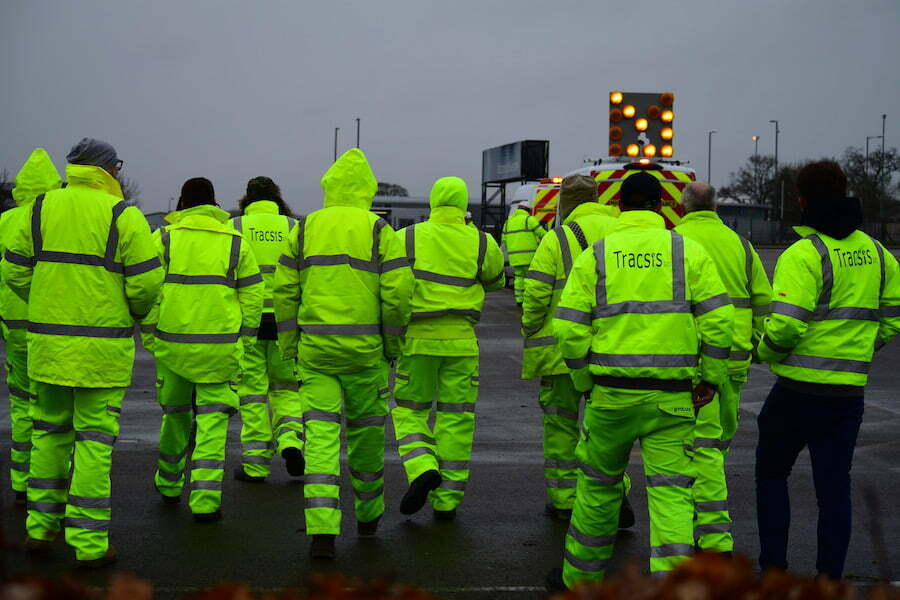Exhaust fumes, British weather, occasionally uncooperative members of the public and the long list of PPE, being a traffic data collection Technician is not for the faint-hearted, says Nick Mather-Business Development Director, Tracsis.
Data
The entire data collection industry revolves around exactly that. Good quality data. Think of it as the foundations of the house, or more appropriately, the foundations of the multi-million-pound office block or hotel. Without that nothing else is possible, without good quality foundations, nothing can be built on top.
It’s often the case that data collection budgets for a transport modelling project are tight, but data users who sacrifice quality in favour of cost, risk failure at the first hurdle; Rubbish in, rubbish out.
That is why the Technicians who spend their working lives on the roads in chevroned and beaconed vans are the lifeblood of the data collection world. It must be robust at the point of collection, and this requires a skilled Technician.

Multi-skilled
At Tracsis, data collection technicians are trained to be proficient using many types of equipment and undertake robust safety training. This not only requires a lot of “on the job” experience, but also desk-based studying to ensure compliance.

From Automatic Traffic Counters (ATCs), to Automatic Number Plate Recognition (ANPR) cameras, a whole host of sensor technologies such as Wi-fi and Bluetooth, AI sensors and Radar detection devices, there is a lot to learn. Couple this with working with multiple types of this equipment in a single shift, often in a live carriageway or up a ladder, it is the very definition of “spinning plates”.

Safety
It’s no surprise that working on the roads carries an element of risk. At Tracsis we also work at height using ladders, which introduces another element in which Technicians must develop both physical and academic proficiency. Bi-annual ladder training must be completed and signed off each time. Installing ANPR cameras on overbridges requires a specific methodology developed in collaboration with National Highways and must be done with precise accuracy, while installing ATCs on dual carriageways requires full training in the use of an LP13 light arrow and Chapter 8 vehicle, with a 2- man team working in sync to ensure traffic can flow but the equipment can be installed.

A lot of Technicians work at night when traffic flows are reduced, reducing risk and increasing efficiency, and sometimes have to adapt between periods of night work and day work in relatively short timescales. People skills are a must when it comes to dealing with inquisitive members of the general public, particularly when it comes to working at unusual hours of the day (and night).
Unsung heroes
Being so early on in the project life cycle, it’s rare that the end user of the data thinks about the Technician or Technicians that went out and physically gathered that data. The person that put in a long shift, sometimes in the freezing cold or driving rain and often far from home. Without the data there is no project, so here’s to the unsung heroes of the traffic data collection world.
